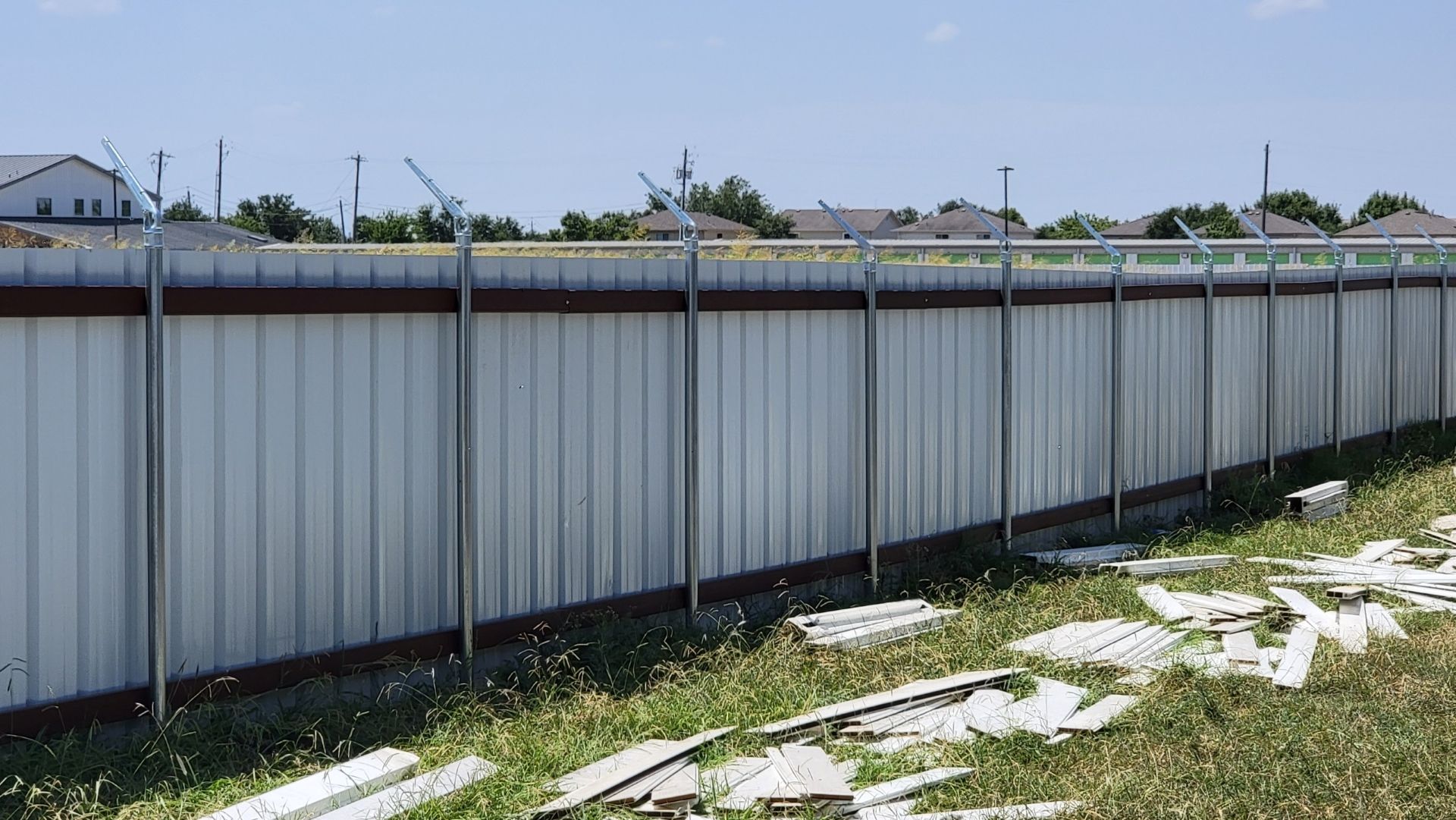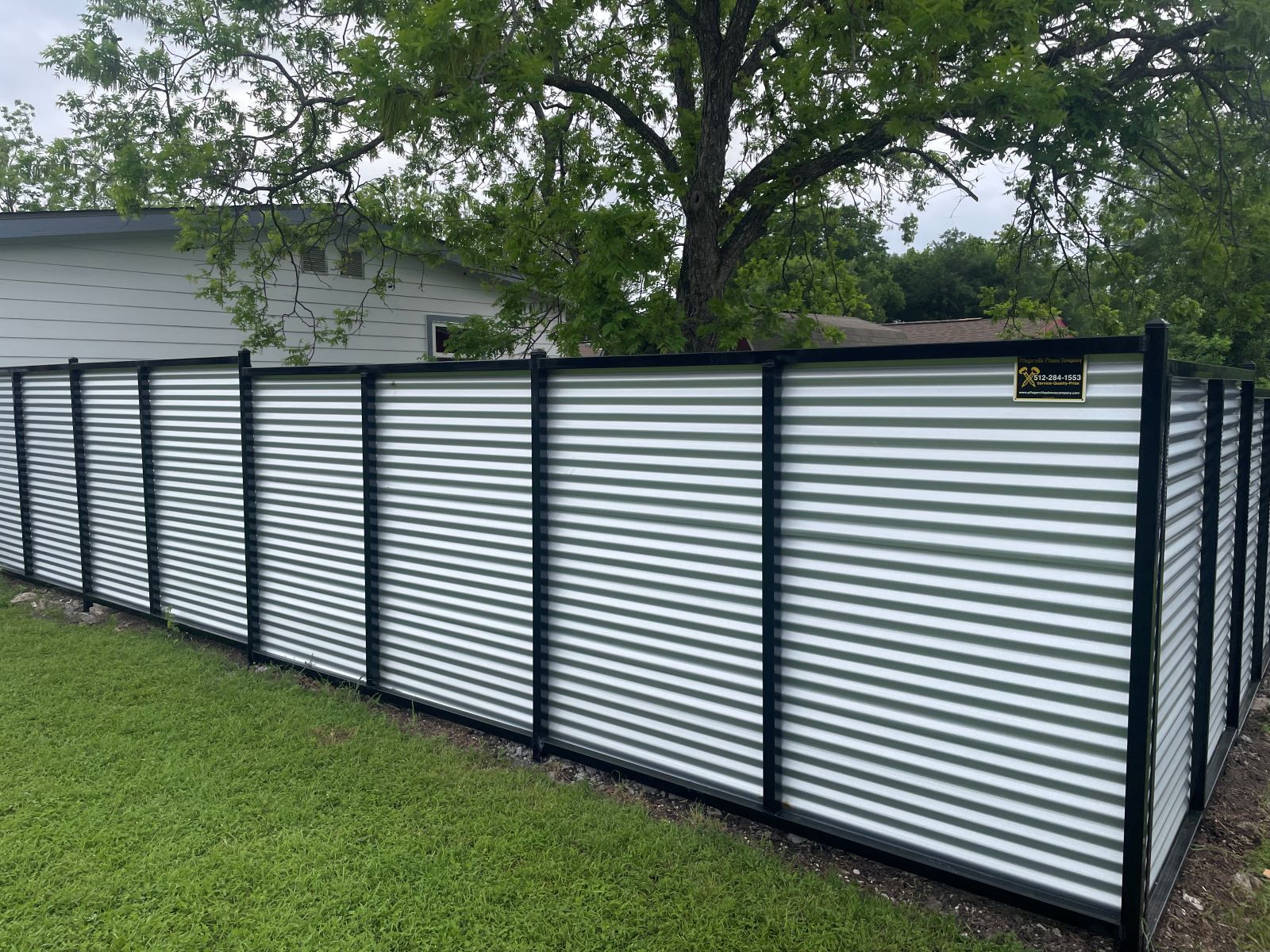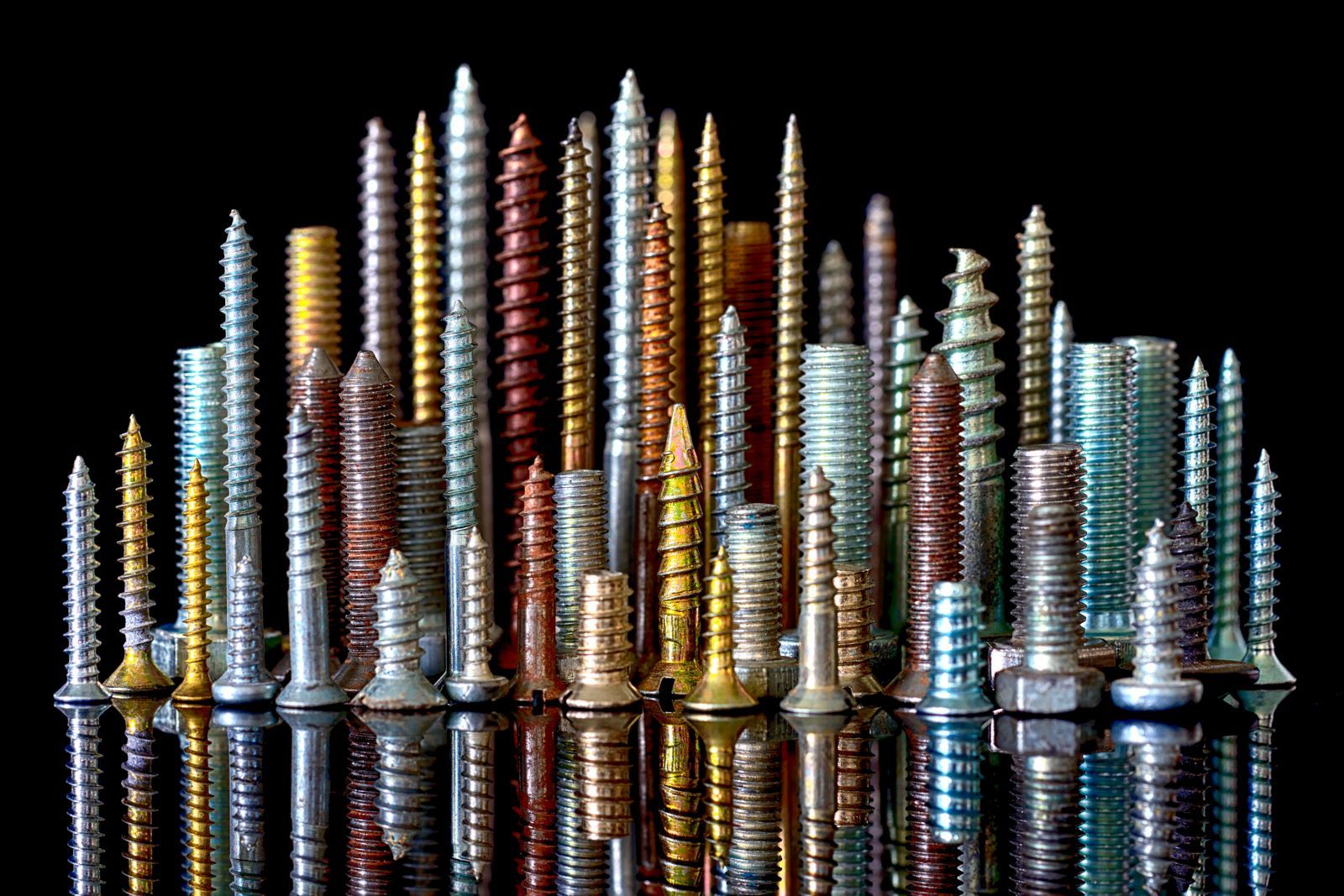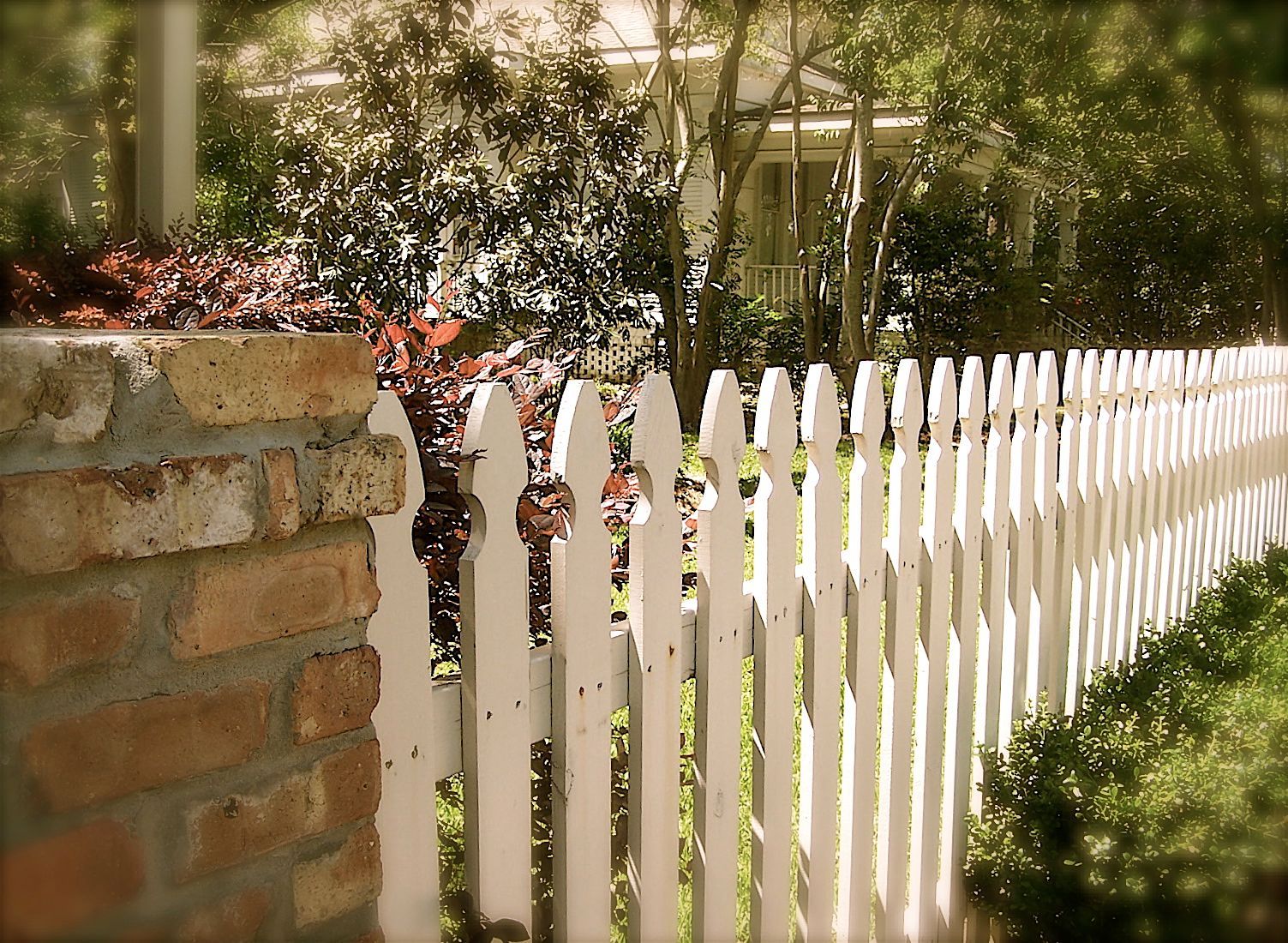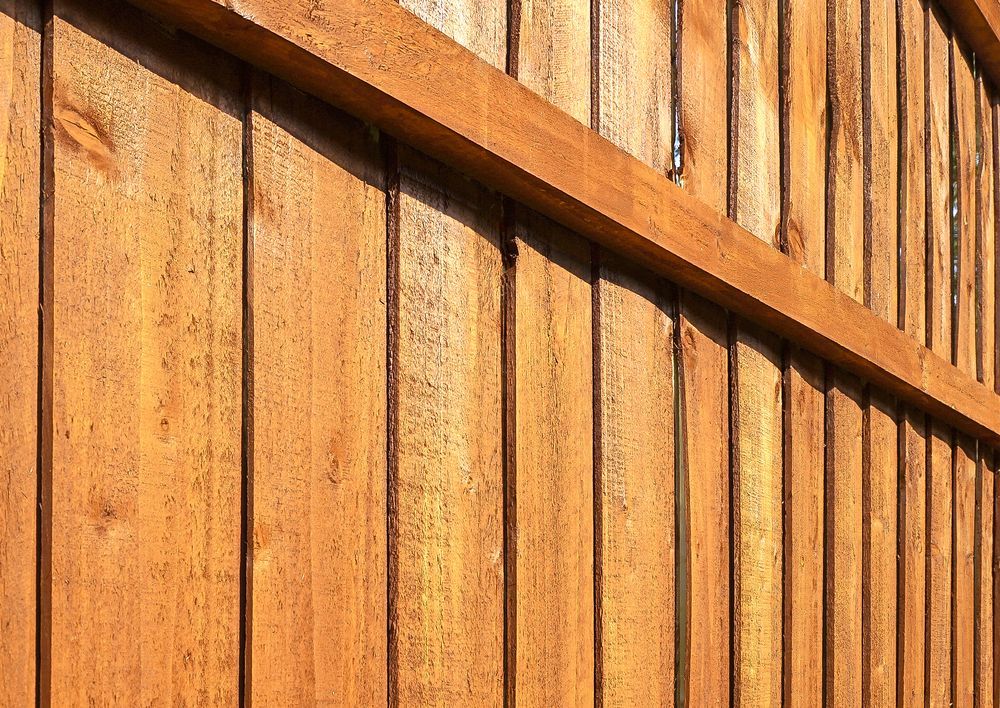11 Things To Consider Before Installing a New Fence
Installing a new fence is an exciting project that can enhance the security, privacy, and aesthetic appeal of your property. However, before diving into the installation process, it's important to consider several factors to ensure you make the right choices.
In this blog post, we will discuss 11 essential things to consider before installing a new fence. By taking these factors into account, you'll be on your way to having an attractive and functional fence that you can use for the next several years.
Before erecting your barrier, consider its:
1. Purpose and Function
Start by determining the primary purpose of your fence. Are you looking to enhance security, create more privacy, keep pets or children safe, or simply add a decorative element?
Clarifying the purpose will help you choose the right materials, height, and design according to your needs.
2. Local Regulations and Permits
Before proceeding with your fence installation, familiarize yourself with local regulations and obtain any necessary permits. Certain neighborhoods or homeowners associations may have specific rules regarding fence height, material, and design. Make sure that you comply with them to avoid potential issues in the future.
3. Budget
One of the things to consider before installing a new fence is your budget. Consider the cost of materials, labor, and any additional features you might want, such as decorative elements. Setting a budget will make decision-making easier while ensuring you don’t end up with a fence you can’t afford.
4. Materials
Choose a material that suits your needs, style preferences, and maintenance requirements. Common options include wood, vinyl, aluminum, wrought iron, and chain-link. Each material has its pros and cons in terms of durability, aesthetics, and upkeep, so research thoroughly before making a decision.
5. Durability and Maintenance
Evaluate the durability and maintenance needs of different fence materials. Factors such as weather resistance, rot resistance, and susceptibility to pests will impact the lifespan and upkeep of your fence. Consider the long-term costs and effort required to maintain your chosen material.
6. Style and Aesthetics
Your fence should complement the architectural style of your home and enhance its curb appeal. Consider various fence designs, such as picket, privacy, lattice, or ornamental, and select one that goes well with your property's overall aesthetics. You may also want to consider staining it to achieve a certain look.
7. Entrances
Do you need a gate or entrance to your property? Barriers that encompass large areas like your garden or property typically need an entrance. Think about the type of gate you want and make sure that it can accommodate individuals, garbage bins, or vehicles based on what needs to pass through it.
8. Height and Security
Determine the height you want based on your fence’s intended purpose. If security is a priority, consider a taller fence with features like locked gates, security cameras, or anti-climbing measures. Balancing security needs with local regulations is crucial.
9. Property Lines and Boundaries
Accurately identify and mark your property lines before installing the fence. Failing to do so may result in legal disputes with your neighbors. Consulting a professional surveyor can help avoid such complications.
10. Climate and Environmental Factors
Consider your local climate and environmental conditions when selecting a fence material. Some materials may be more prone to damage from sun exposure, high winds, or moisture. Choose a fence that can withstand the weather conditions in your area.
11. Maintenance and Repair
Finally, think about the long-term maintenance and repair requirements of your chosen fence. Regular maintenance, such as cleaning, painting, or staining, may be necessary to prolong its lifespan. Additionally, inquire about warranty options and find reliable contractors for future repairs.

Build the Fence You Need With Pflugerville Pfence Company
Installing a new fence requires careful consideration of various factors. By keeping these 11 things in mind — purpose, local regulations, budget, material selection, durability, entrances, aesthetics, security, property lines, climate, and maintenance — you can make better decisions while ensuring a successful and satisfactory fence installation.
Remember, a well-planned and properly installed fence can add value and functionality to your property, so carefully go over these 11 things to consider before installing a new fence
Consult professionals like Pflugerville Pfence Company to achieve results you’ll be happy with. As a locally owned and operated business in Central Texas, Pflugerville can offer and advise you on a wide variety of fence materials and styles. Once you’ve selected the fence you want, we also offer fence installation services. Whether you’re in need of wrought iron fencing, a horizontal privacy fence, cedar fencing, bull panel fencing, or another type of barrier, we can help.
Call
512-817-2414 for versatile, stylish, and practical fences that meet your needs.


